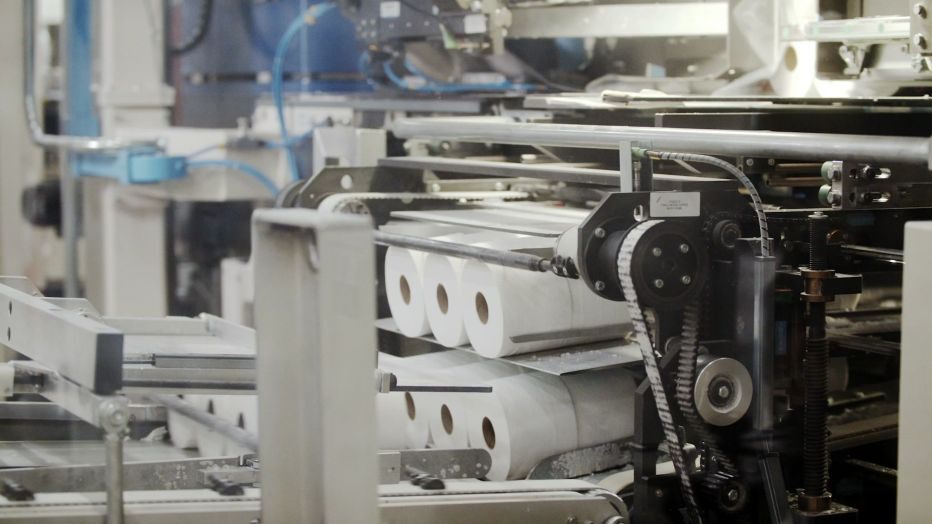Originally posted on Oregon Forests Forever
The coronavirus pandemic has demonstrated the critical importance of paper products, even giving toilet paper its 15 minutes of fame. One thing has been made clear – wood is a key material supporting a number of important goods and services.
Angel Soft executive Andrew Noble told CNBC Make It, “Friends and family who know I work in toilet paper never wanted to talk about that before.” But when customers started finding shelves empty of the product this March, “suddenly everyone wanted to talk about [toilet paper] all the time,” Noble said. “Even my own mother wanted to know if I had any toilet paper I could get her.”
The Albany Democrat-Herald reported that Georgia-Pacific’s 14 tissue paper plants across the U.S. are, on average, producing 1.5 million more rolls of toilet paper per day than they were before the pandemic began, according to senior director of public affairs and communications Kelly Ferguson.
On March 19 the U.S. Department of Homeland Security recognized that “Workers who support the manufacture and distribution of forest products, including, but not limited to timber, paper, and other wood products” are part of the country’s essential infrastructure necessary to continue normal operations during the COVID-19.
In addition to toilet paper, wood is necessary for critical infrastructure projects, including emergency medical and lodging structures, and temporary buildings. For example, the Scotsman reported wood manufacturers are supplying oriented strand board for construction of the Nightingale temporary hospital, being built in London. Wood is also used for pallets to keep food and medicines moving, and serves as packaging for those vital supplies. According to the Washington Forest Protection Association, some sawmills and pulp and paper facilities also serve as co-generation plants, burning wood waste, the byproduct of sawmilling, to produce renewable biomass electricity and steam. Not only does this electricity and steam power the mills themselves, it gets sold to the larger grid, helping to supply additional green power to the general public.
And, as Mark Doumit, executive director of the Washington Forest Protection Association pointed out in a Seattle Times opinion, “Raw logs and lumber, as well as the paper products needed for sanitation and hygiene, do not exist in isolated industries. The sector needs demand from lumber users – such as home construction – to support the harvest of timber necessary to keep our sawmills open and producing their essential materials. Likewise, the pulp and paper manufacturers rely on chips and other residual products from the sawmills to power their mills and produce paper and hygiene products. No one element of this supply chain exists in isolation from the others.”
The good news is much of the forest products sector already work in socially-distanced locations and will be able to continue working safely and responsibly.

